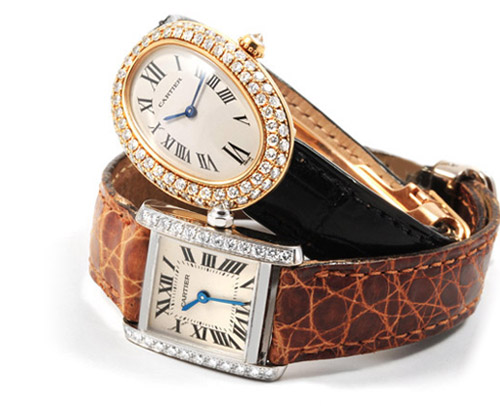The history of Cartier watches is a fascinating story of innovation, luxury, and elegance. Founded in 1847, Cartier has grown to become one of the most iconic names in the world of horology and high-end jewelry. Here’s a chronological overview of the brand’s journey in watchmaking:
Early Production (Late 1800s – Early 1900s)
- Paris, France was Cartier’s design headquarters.
- During this era, Cartier did not manufacture its own watch movements.
- Instead, movements were supplied by high-end Swiss watchmakers, including:
- Jaeger-LeCoultre
- Movado
- Vacheron Constantin
- Audemars Piguet
- Patek Philippe (for some special commissions)
The cases and final assembly were often completed in Paris, while the mechanical movements were made in Switzerland.
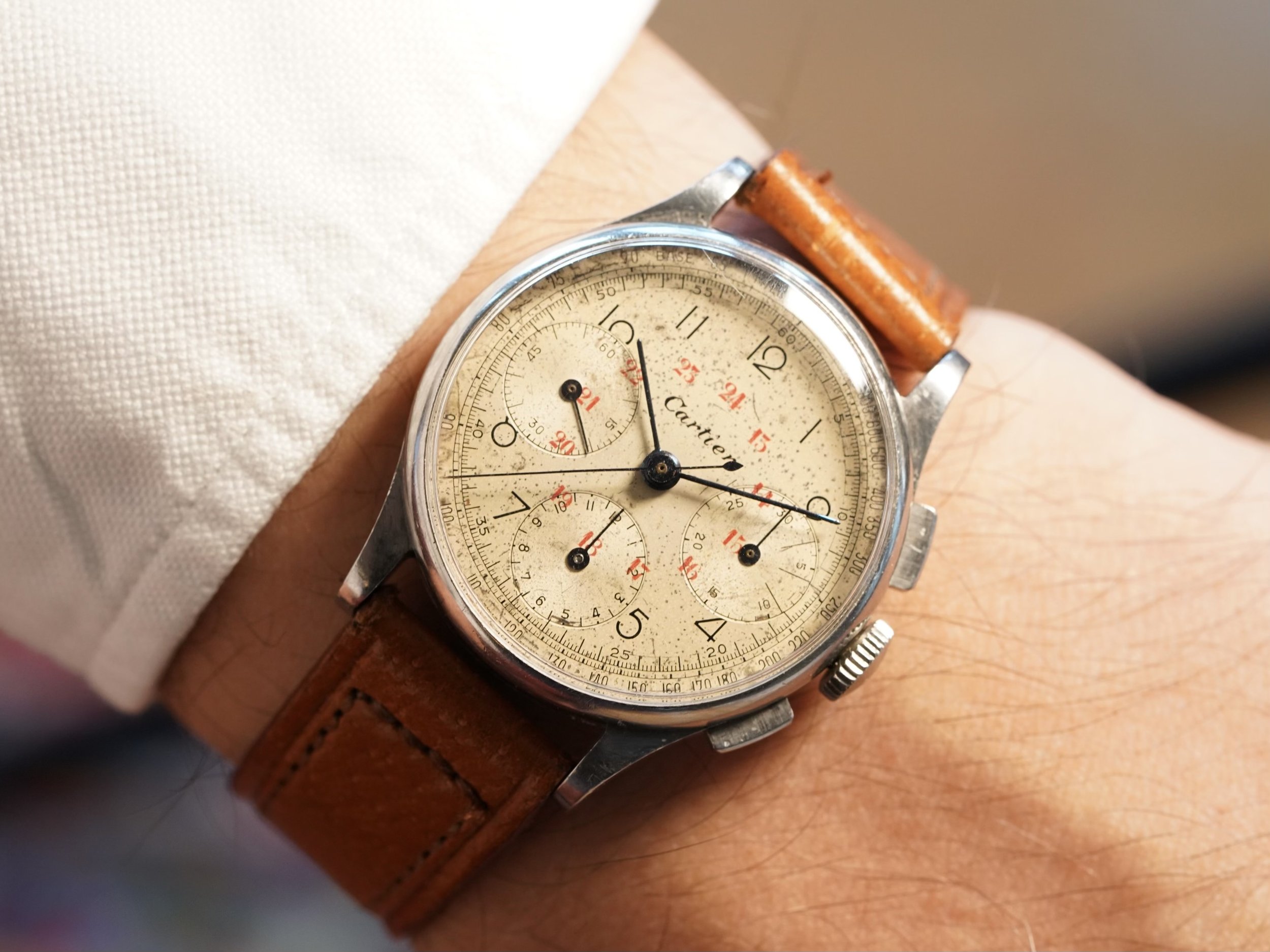
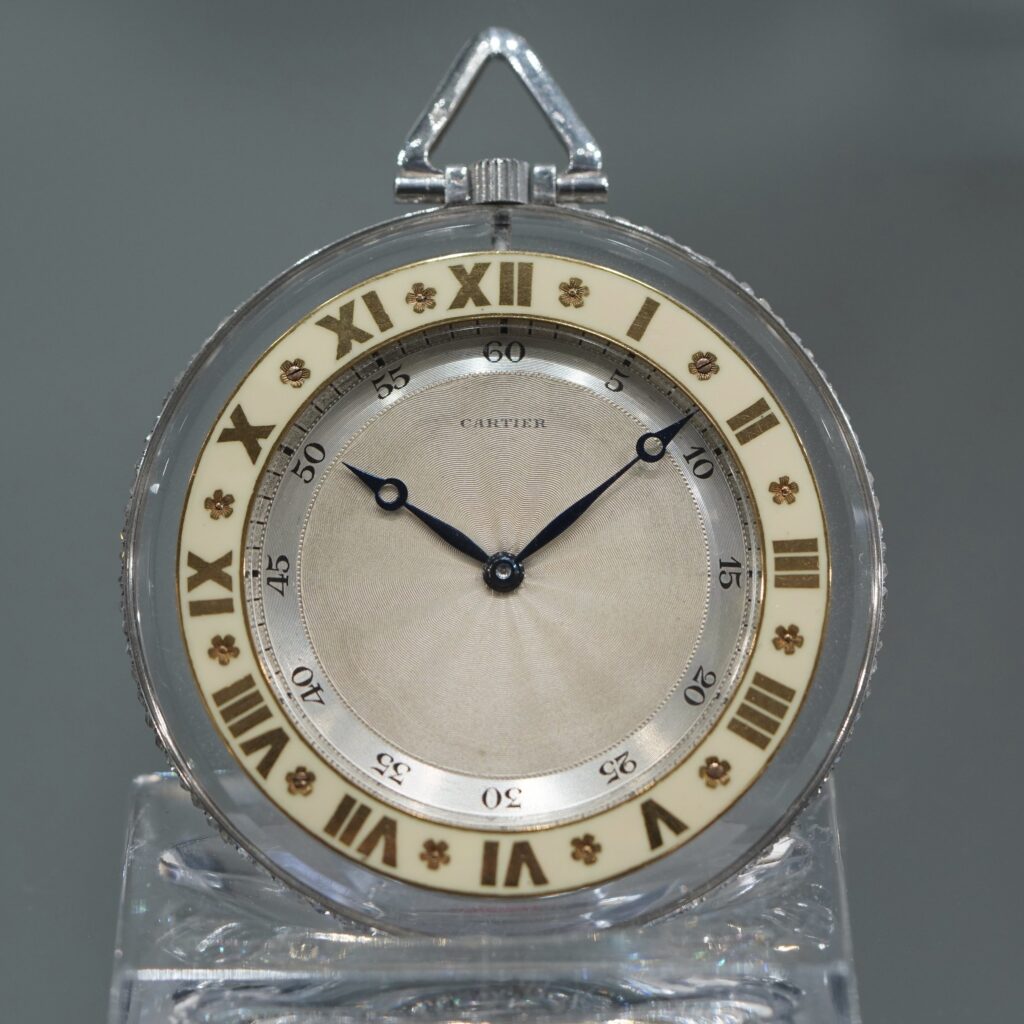
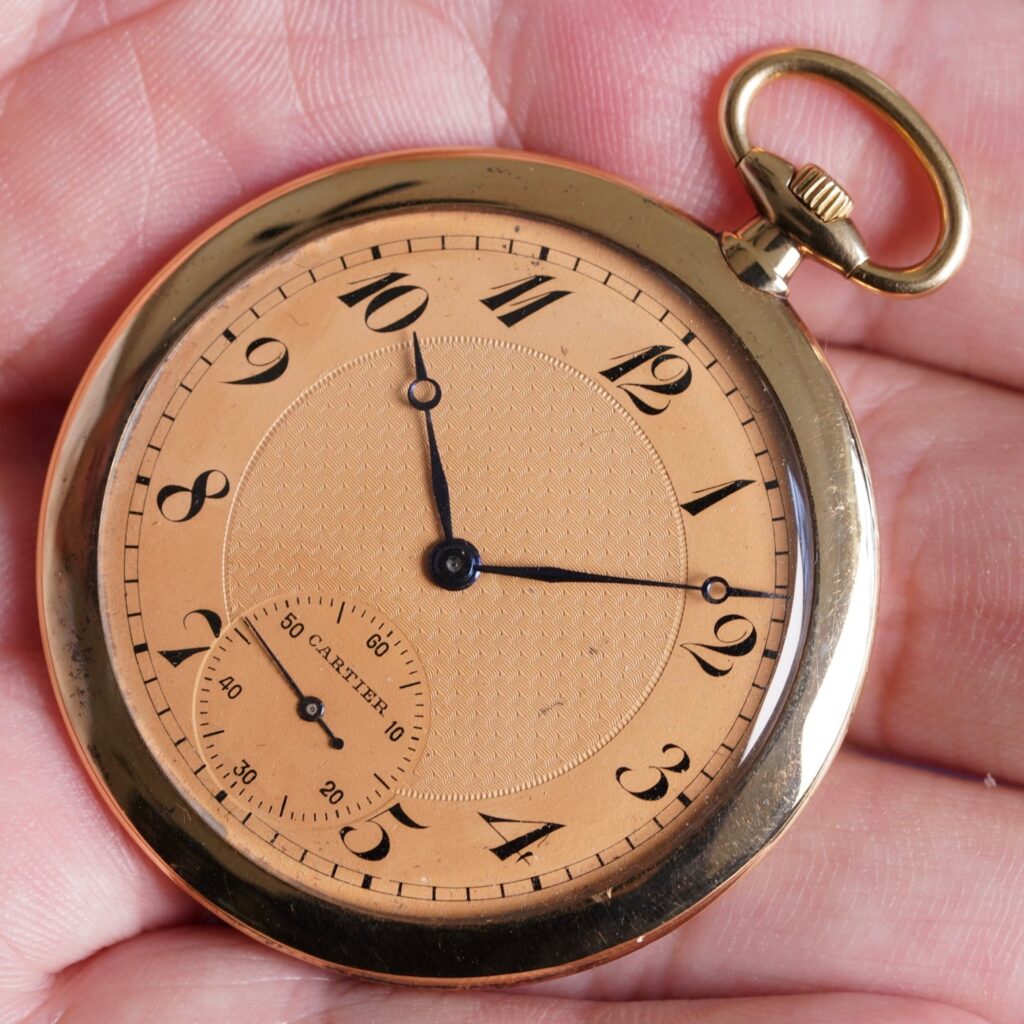
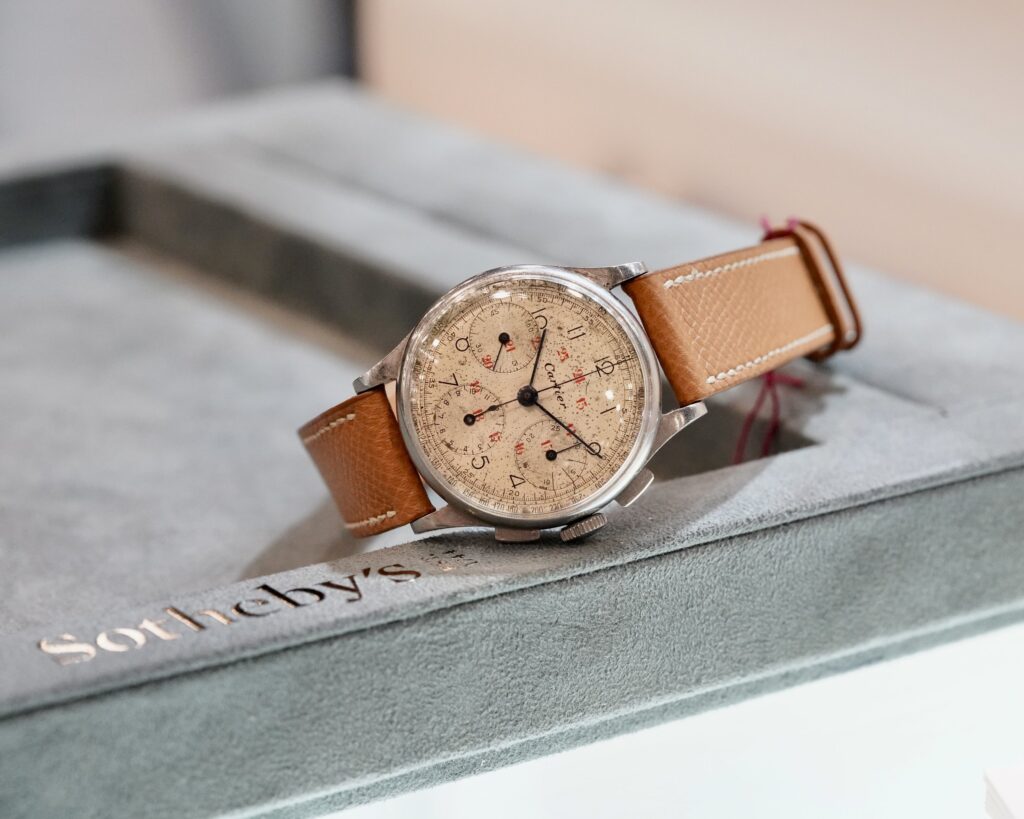
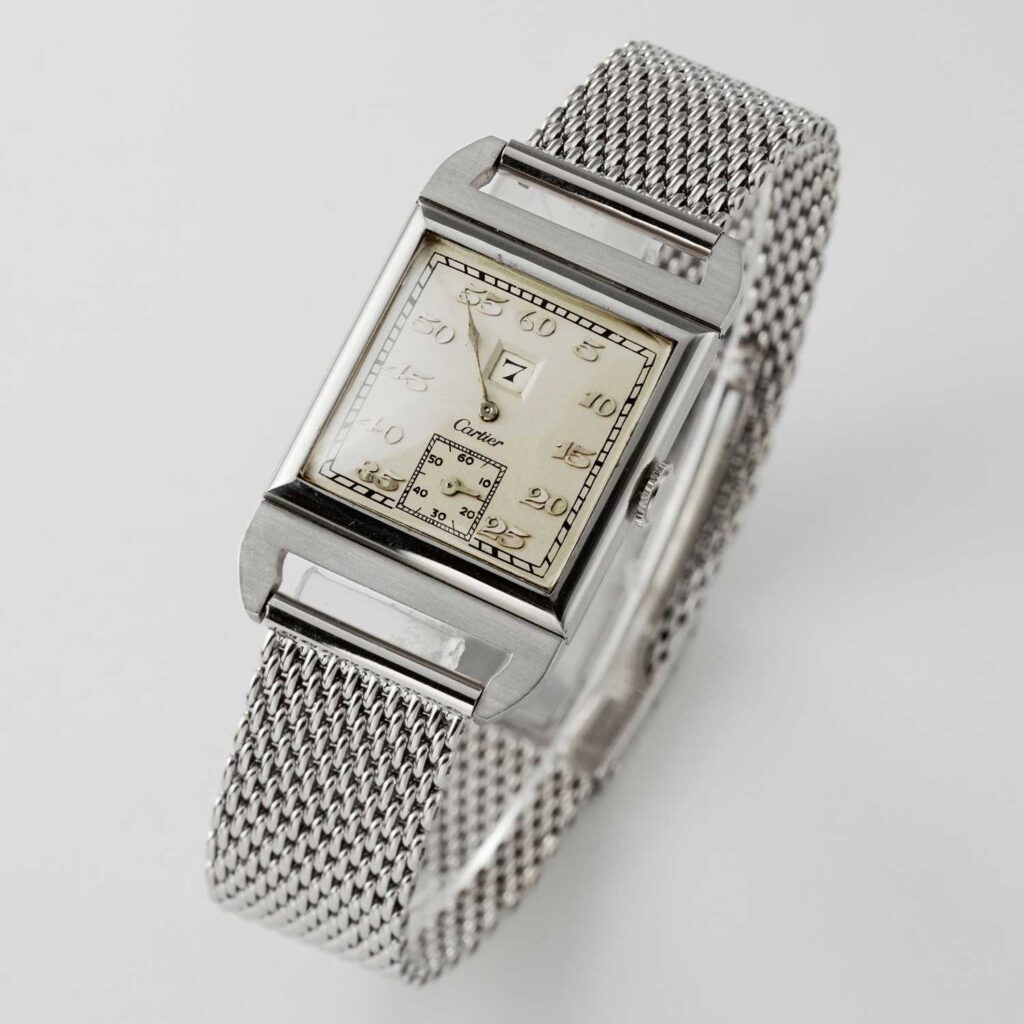
Founding and Early Years (1847–1900)
1847: Louis-François Cartier took over the workshop of his master Adolphe Picard in Paris, establishing Cartier.
Initially, Cartier was known for fine jewelry and catered to aristocratic clients, including royalty across Europe.
Entry into Watchmaking (Early 1900s)
The Santos is considered one of the first wristwatches for men, at a time when pocket watches were still dominant.
1904: Cartier revolutionized watchmaking with the creation of the Santos de Cartier wristwatch.
Designed by Louis Cartier for his friend Alberto Santos-Dumont, a Brazilian aviator who needed a practical way to tell time while flying.
The Rise of Iconic Designs (1910s–1930s)
- 1917: Introduction of the Tank watch, inspired by the design of military tanks used in World War I (specifically the Renault FT).
- Clean, rectangular lines and Art Deco style made the Tank an enduring classic.
- Worn by icons such as Jackie Kennedy, Andy Warhol, and Princess Diana.
- Cartier’s watches during this era were often manufactured in collaboration with the European Watch and Clock Company, using movements from prestigious Swiss firms like LeCoultre, Movado, and later Patek Philippe.
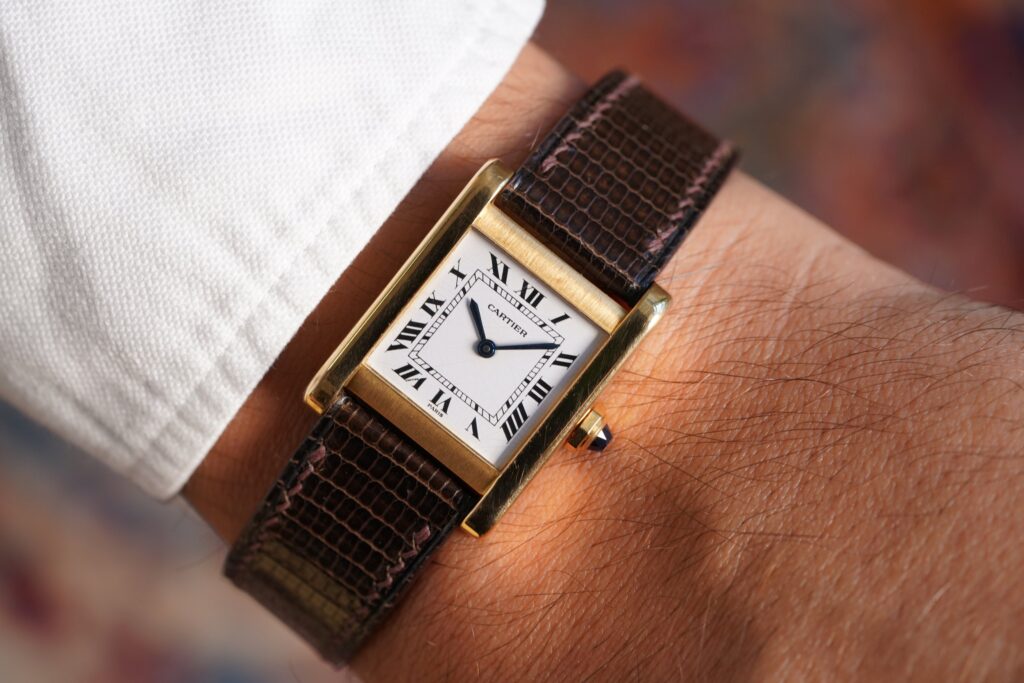
Expansion and Global Influence (1940s–1960s)
- Cartier opened branches in London and New York, each operating somewhat independently.
- Watches continued to be made in limited numbers, often using fine materials like platinum, diamonds, and high-quality Swiss movements.
Unification and Industrialization (1970s–1980s)
- In 1972, a group of investors led by Joseph Kanoui purchased Cartier Paris, and over time, reunited Cartier Paris, London, and New York into a single company: Cartier Monde.
- Launch of the “Les Must de Cartier” line in the late 1970s, introducing more affordable luxury watches and accessories to a broader market.
- Models like the Must de Cartier Tank brought quartz movements and a variety of colors and finishes to the Tank design.
Return to Haute Horlogerie (1990s–2000s)
- Cartier began focusing more heavily on in-house watchmaking, developing its own movements.
- In 2001, Cartier established the Cartier Manufacture in La Chaux-de-Fonds, Switzerland, a state-of-the-art facility.
- The Fine Watchmaking Collection was launched in the 2000s, showcasing complications like tourbillons, perpetual calendars, and skeleton movements.
Modern Era (2010s–Present)
- Cartier continues to blend artistry and technology, releasing reinterpretations of historic models alongside new, innovative designs.
- Recent additions include the Drive de Cartier, Clé de Cartier, and updates to the Ballon Bleu.
- Emphasis on in-house calibers, traditional craftsmanship, and modern design cues has solidified Cartier’s position not only as a jeweler but as a serious watchmaker.

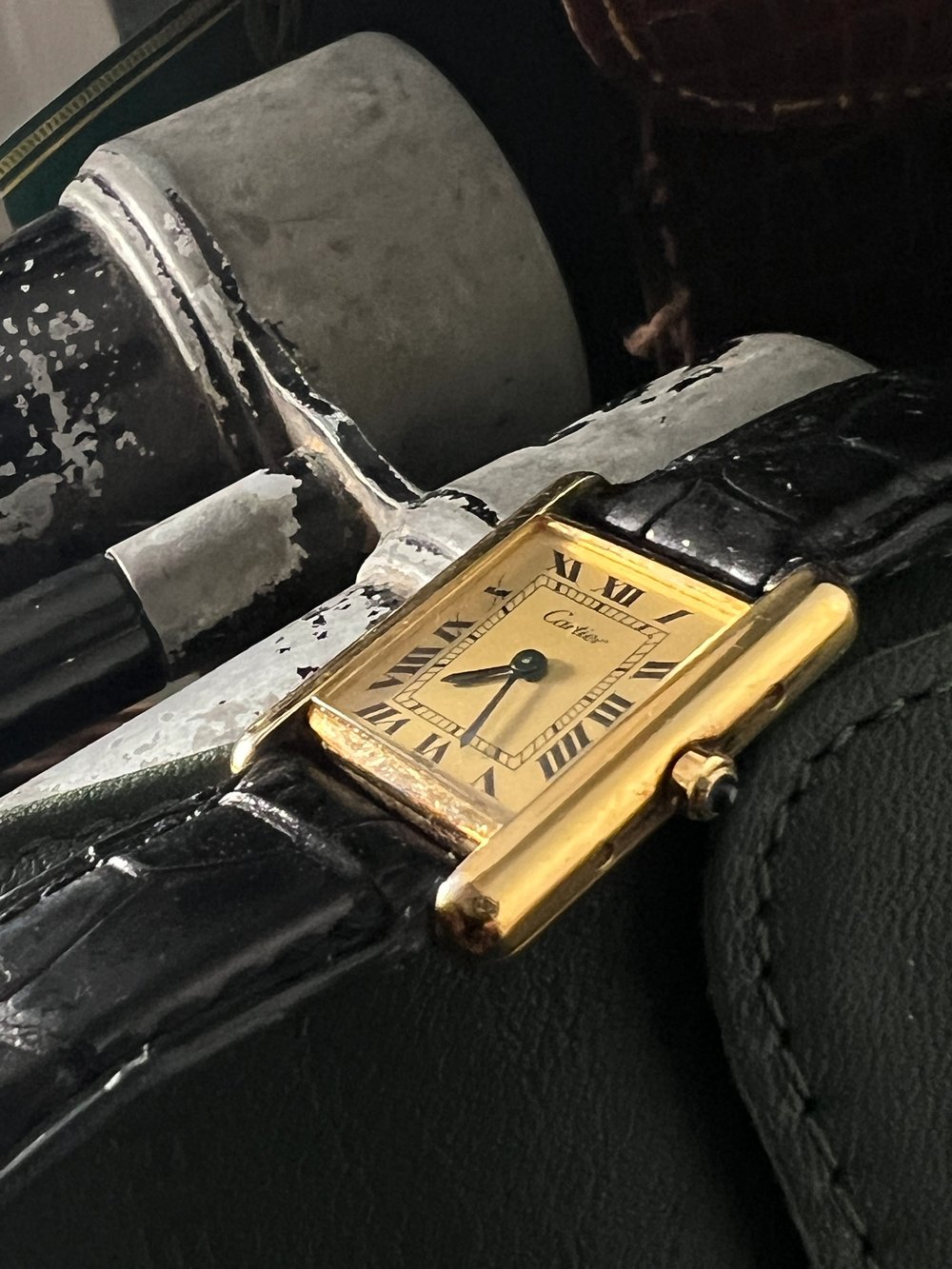
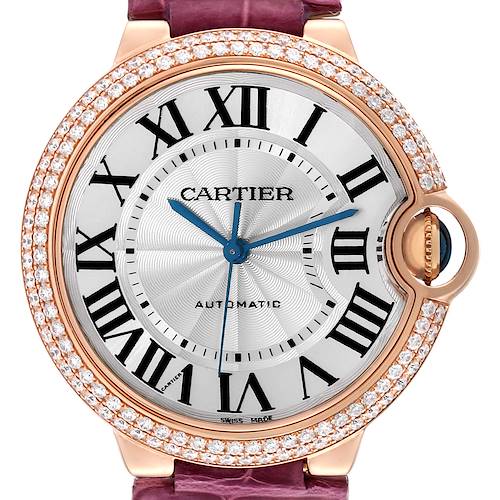
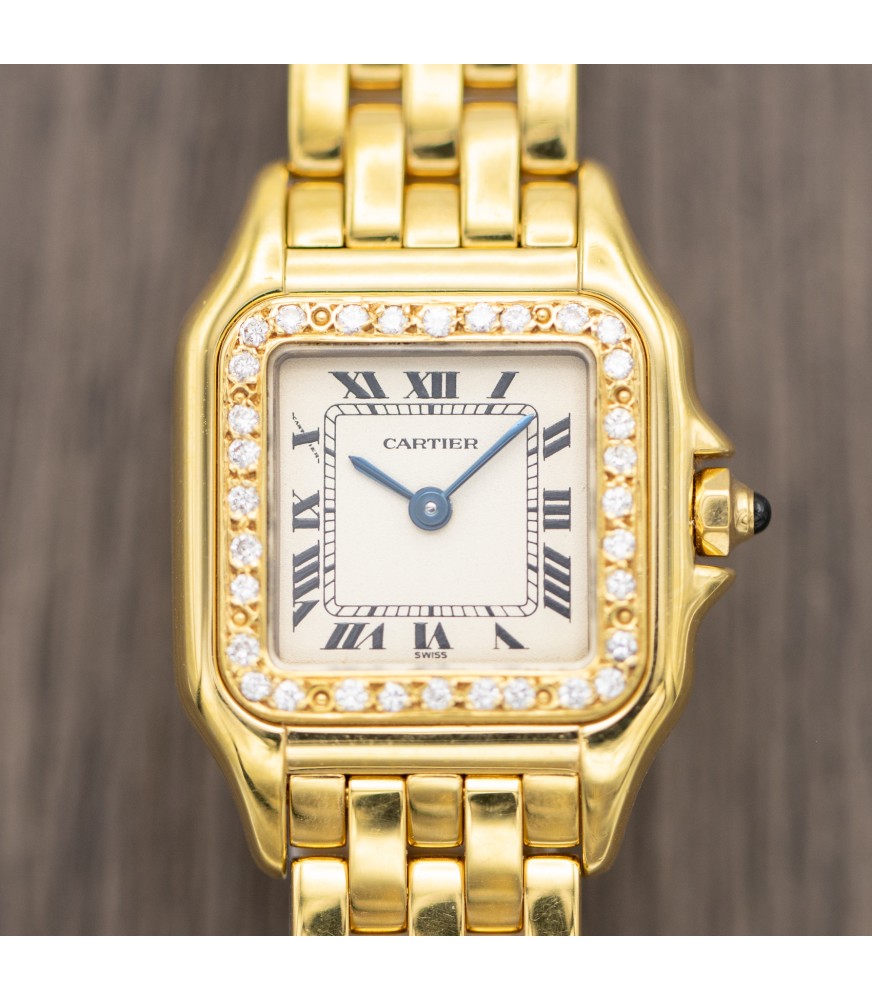
Notable Cartier Watch Collections
- Santos de Cartier – The pioneering pilot’s wristwatch.
- Tank – A timeless rectangular design with many variations (Tank Louis, Tank Américaine, Tank Française, etc.).
- Ballon Bleu – Round, modern, and elegant, introduced in 2007.
- Pasha de Cartier – Sporty and bold, originally created in the 1940s and reintroduced in the 1980s.
- Panthère de Cartier – Feminine and jewelry-inspired.
- Drive de Cartier – Masculine and automotive-themed, launched in 2016.

Legacy
Cartier is one of the few luxury brands equally respected in both jewelry and horology. Its blend of design excellence, historical significance, and technical achievement places it among the most prestigious watch houses in the world today.
